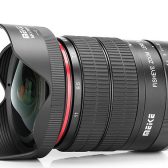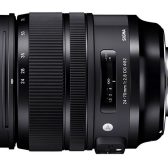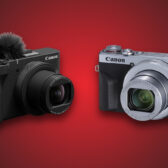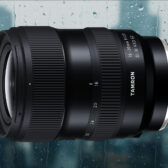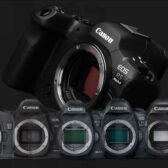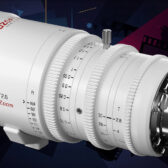*Update* To update the information below, we’re told that the “Canon EOS R Pro” would receive a development announcement in January 2019, ahead of an official launch at a later date.
We’re told that a “full-blown” Canon EOS R camera will be coming sometime in February 2019 ahead of CP+, which begins on February 28.
There are obviously no specifications for the camera this far in advance of an announcement, but we’ve been told on a couple of occasions that a new EOS R camera would be coming in the first quarter of 2019.
More to come…
|
When you purchase through links on our site, we may earn an affiliate commission. Here's how it works. |



